Film Inquiry Recommends: The Films of 1973

Alex is a 28 year-old West Australian who has a…
Over at our official Facebook page, we are currently posting daily film recommendations, with each week being a different theme. This is a collection of those recommendations! This week’s theme is focused on the year 1973.
Whilst the American New Wave movement of the 1970’s can be argued as the greatest decade in American film history, we decided to focus on one year and recommend a mix of well known and underseen works. This list is missing some of the bigger mainstream films, such as William Friedkin’s masterpiece The Exorcist, George Roy Hill’s The Sting, George Lucas’ American Graffiti and Peter Bogdonavich’s Paper Moon. Here are some old school titles to check out.
1. The Friends of Eddie Coyle (1973, Peter Yates)
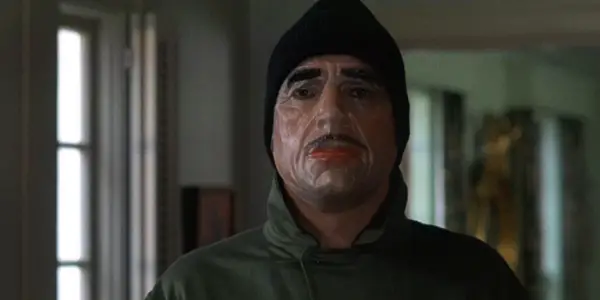
From director Peter Yates, who’s famous for helming the Steve McQueen vehicle Bullitt, The Friends of Eddie Coyle is possibly his best work, with great performances by Robert Mitchum in this bleak crime drama. An ageing gun dealer, Eddie Coyle (an older Robert Mitchum, still delivering excellent work) is about to go back to jail, so to avoid the time he decides to snitch on his friends about a bank robbery which he dealt arms for, but who else is talking to the feds and who else knows about Eddie’s snitching?
The film is quite a restrained but effective crime drama, with Mitchum as the sad Eddie Coyle in the middle, a man past his prime and with no happy ending in sight. Supporting cast features Peter Boyle, back in his days of great supporting crime roles (before his work in Joe made him shift into more comedic roles) and Yazuka co-star Richard Jordan, who sadly didn’t go onto as many mainstream roles after the 80’s. Due to the George V Higgin’s novels this film is based off, the film is technically a prequel to the 2012 film Killing Me Softly, with Sam Sheperd playing the role of Peter Boyle in this film later on in life.
2. Charley Varrick (1973, Don Siegel)

A great underrated crime thriller from the director of Dirty Harry, Charley Varrick is one of Walter Matthau’s best dramatic works. Technically remade in 2013 as Two Guns (With Mark Wahlberg and Denzel Washington) Charley Varrick tells the story of the titular character, played by Walter Matthau, who robs a local bank expecting a modest return, but is shocked to receive $750,000. They soon learn that the bank was a safe house for the local mob, who have now had their entire stash stolen and decide to track down Charley and his gang.
It’s a film which is constantly moving, never letting the energy die down and not going down any predictable routes. Charley is a mysterious character, never letting anyone onto what he’s about to do, with his master plan being a pretty clever one. Sadly Walter Matthau hated the film, which I can’t imagine why. Joe Don Baker is also great as the relentless hitman pursuing Charley. An outgoing fan of the film is director Quentin Tarantino, who recently expressed discontent for Pauline Kael’s initial review of the film, where he said “…She’s so rough on Don Siegel for making ‘Charley Varrick.” Ving Rhame’s infamous line “Go to work on you with pliers and blowtorches” from Pulp Fiction comes from this film.
3. Mean Streets (1973, Martin Scorsese)
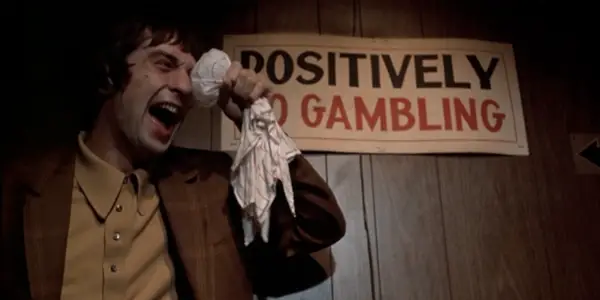
Mean Streets is Martin Scorsese’s breakout hit which established his trademark style and launched his long and still-relevant career as well as the career of Hollywood veteran Robert De Niro. Coming off the Roger Corman produced film Boxcar Bertha, Scorsese decided to make another feature film akin to his debut, Who’s That Knocking On My Door?, one story being that after watching Boxcar Bertha, director John Cassavettes told Scorsese that “You’ve just spent a year of your life making a piece of shit”.
Scorsese attempted to get Corman to produce this film, but he only would if it was transformed into a blaxploitation film and Scorsese decided he couldn’t compromise his vision for the sake of financing. This film is a great example of the style and themes that would continue throughout Scorsese’s future films, such as sympathetic portrayals of negative characters, religion, grand stories on the backdrops of realistic settings, diegetic music to establish tone and first person narration.
Harvey Keitel, essentially playing the same character from Who’s That Knocking On My Door? portrays Charlie, a small time hood who is working for his uncle, who worries about his lack of positive future. Dating a girl who his uncle does not approve of (due to her epilepsy) and being friends with her cousin, the unstable Johnny Boy (Robert De Niro’s breakout role), Charlie is desperate to change things up and determine a better future for himself. Mean Streets is a character-driven gangster film which really captures its environment and characters in a raw fashion.
4. Save The Tiger (1973, John G. Avildsen)
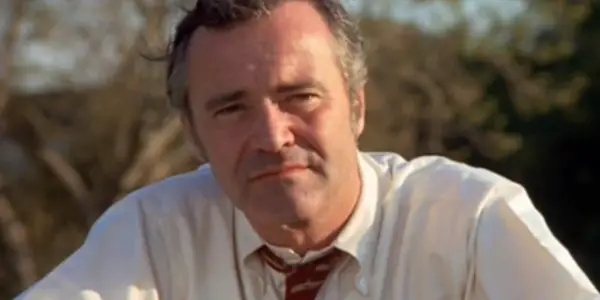
From director John G. Avildsen, who would go onto direct Rocky three years later, is Save the Tiger, a brutal character study on a failing businessman, perfectly captured by Jack Lemmon. Harry Stoner (Lemmon) is an aged businessman who is currently running a failing fashion warehouse. When he decides to burn it down and collect the insurance money, he must juggle the moral decisions of what his future holds for him if he decides to go through with this idea.
This film holds quite a bleak depiction of Stoner’s life, where he slowly meanders from different events, giving a slightly episodic feel to the film, as we see different aspects of Stoner’s character reflected in each of these sequences. Between attending an animal rights campaign, picking up a hitchhiker, hiring strippers for his friends and hanging out with some youths, these interactions really give a sense of the person Stoner once was before he became burnt out and desperate for money.
The acting in this film is top notch, as Jack Lemmon won the best actor Oscar for that year due to this film (beating heavyweights such as Pacino, Brando and Redford), deservedly so. Jack Gilford as Phil Greene, Stoner’s business partner, also gives a great performance, who must deal with Stoner’s decision and his own future. The conflict between the complexity of adult life between a guilt-free youth provides a deep moral background for this great character study.
5. The Holy Mountain (1973, Alejandro Jodorowsky)
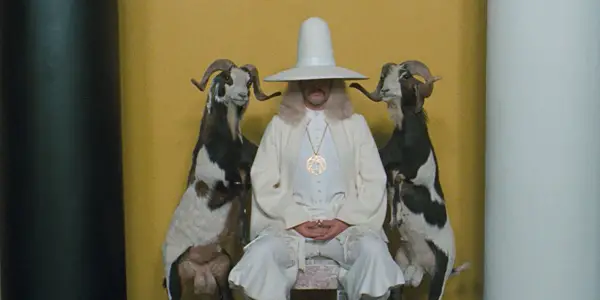
Alejandro Jodorowsky is an experimental Chilean filmmaker who fills his films with vivid imaginative imagery, which, whilst might not make much sense in a literal sense, provide so much creativity and interesting use of cinematic language that most of his filmography has become some of the best known cult films.
Jodorowsky’s best known and most accessible film, El Topo, a psychedelic western, introduced western audiences to the work of Jodorowsky, who uses a mix of religious imagery and western filmmaking to create crazy imagery with a sense of purpose. Whilst some of the events in his film will make you laugh and question what you’re seeing, it’s evident that each sequence has a purpose and effort has been put into his work, removing any sense of pretentiousness or pointless storytelling that people may accuse his films of having.
After the success of El Topo, Jodorowsky followed it up with The Holy Mountain, a pseudo sequel to the film, which, much like El Topo, has little plot which is mainly a frame to hang Jodorowsky’s episodic sequences of different interpretations of various religions and zodiac signs. The IMDb plot synopsis nails the literal interpretation of the plot: “A Christlike figure wanders through bizarre, grotesque scenarios filled with religious and sacrilegious imagery. He meets a mystical guide who introduces him to seven wealthy and powerful people, each representing a planet in the Solar system. These seven, along with the protagonist, the guide and the guide’s assistant, divest themselves of their worldly goods and form a group of nine who will seek the Holy Mountain, in order to displace the gods who live there and become immortal.”
The mystical guide, The Alchemist, is played by Jodorowsky himself, who acts in all of his films, usually in the main role. The Holy Mountain is worth watching purely for the cinematography and dedication to craft alone.
6. Don’t Look Now (1973, Nicholas Roeg)
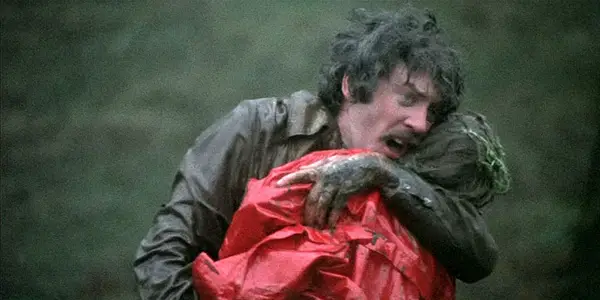
Don’t Look Now is Nicholas Roeg’s best film, his third film after his other great films, Walkabout and Performance. This film has been remembered as one of the classic British horror/psychological thrillers of all time. A married couple (Donald Sutherland and Julie Christie) move to Venice to grieve the death of their young daughter, who accidentally drowned in their backyard. They encounter a pair of psychic women, who warn the couple of another great tragedy and say that they can speak to the deceased daughter. These messages start to drive Laura (Christie) closer to insanity, whilst John starts to investigate a hooded figure who bears a resemblance to his daughter.
The film is quite bizarre and complex; first-time viewers may be confused by the climax and the reasons behind it. The film is highly rewatchable though, rewarding several viewings by highlighting the different levels of foreshadowing and recurring themes that are prevalent throughout the film. The film is quite infamous for its sex scene between Sutherland and Christie, due to its raw nature and its use of montage, which made audiences at the time think it was a real sex scene played out on-screen. So much so that Christie’s partner at the time, actor Warren Beatty, tried having the film’s release cancelled.
Whilst the film does seem slow and the middle act of the film can be interpreted as quite meandering, Roeg is mainly setting up all the plot threads that do pay off at the end. It’s a terrific mix of editing, production design and putting faith in the audience that they’ll understand storytelling that’s a bit more complex.
7. Kid Blue (1973, James Frawley)

Kid Blue is one film which sadly seems to have been forgotten over the years, with no official DVD release or significant recognition in film history. Best known for being the monicker of the terrific actor Noah Segan (his twitter handle is Kid Blue), Kid Blue is an underrated western starring counter-culture favourites Warren Oates and Dennis Hopper. Directed by James Frawley, most famous for directing The Muppets Movie, Kid Blue is a comedic western about the end of an era – about the transition from the Old West into the more structured 20th Century, where big business’ and commercialism rule.
Bickford Waner (Dennis Hopper) is a mysterious man who arrives in the town of Dime Box and befriends Reese (Warren Oates) and his wife Molly (Lee Purcell), who starts to seduce Bickford, not before some secrets of Bickford’s past start to rise to the surface. The film’s satirical tone is pointed at capitalism and the change in the social attitude that was apparent during the 1970’s, spearheaded by Hopper’s own film Easy Rider. Available on some streaming services, Kid Blue is one obscure Western that is definitely worth checking out.
What are some more films from 1973 that you love?
(top image: Don’t Look Now (1973) – source: British Lion Films)
Does content like this matter to you?
Become a Member and support film journalism. Unlock access to all of Film Inquiry`s great articles. Join a community of like-minded readers who are passionate about cinema - get access to our private members Network, give back to independent filmmakers, and more.













